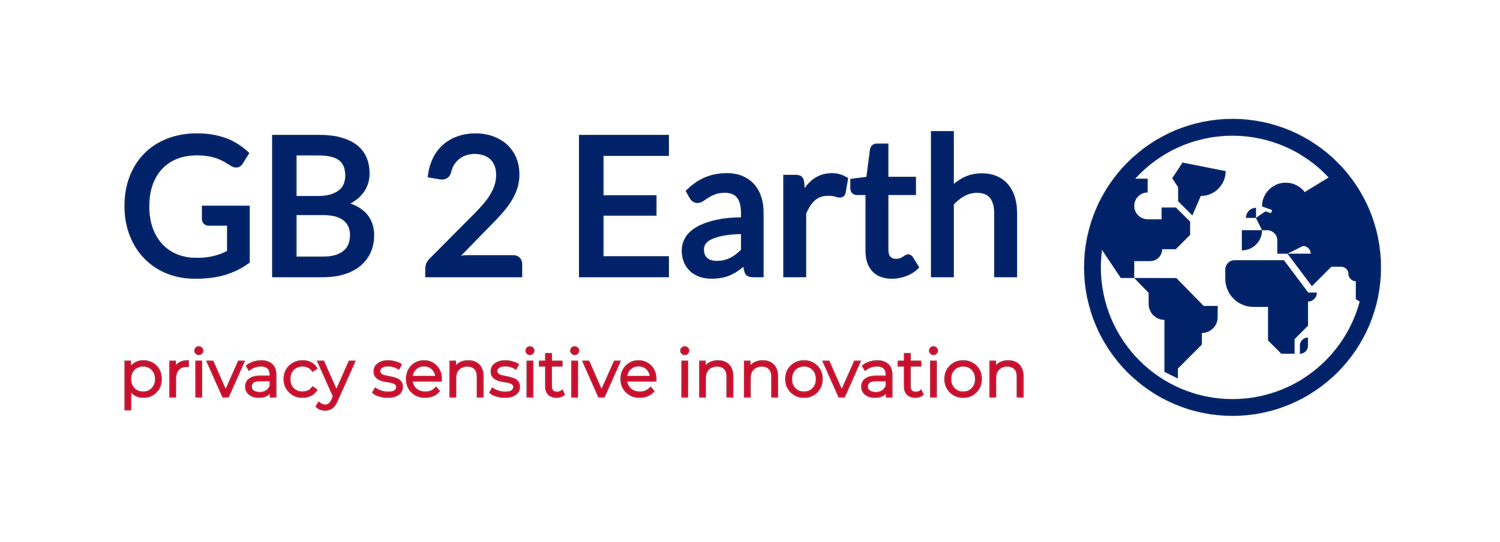the first two applications: law enforcement and national security
everyone you ask in data science says give me the data, not the intuition.
no one in law enforcement and security denies they use intuition – that is, hunches – every single moment of their working day.
traditional crime victims, as well as those suffering the influence of mafia-like behaviours in local & global neighbourhoods and communities (both geographical & professional), have gut feelings about the criminality that surrounds them.
but try and tell someone about it, and you’re lucky if you ever get lent a sympathetic ear.
an abused spouse, maybe abused over a relationship lasting decades, has no proper recourse to criminal justice when their partner – usually a male – is a respected pillar of the community.
even where the police may believe the injured party, there is literally nothing to be done.
then again, there exists another type of criminal activity: what could be termed legal crimes. the technical term is “zemiology”: activities which cause societal harm, but are not illegal.
probably because those who commit them have the lawyers to ensure the relevant laws never reach the statute books.
finally, there is “dark figure” – the historical incidence of between 20-40% of all crime which is either never reported or never even noticed.
the latter we have renamed “neo-crime” (crimes which cannot be understood or identified on the basis of existing or previous experiences and events).
meanwhile, the gaslighting which democratic citizens suffer because of digital tech we have called “neo-terrorism on the individual”.
all the aforementioned needs to be stopped.
this is why one of the workstreams and major projects that occupy us most profoundly at o mi wan relate to all the above.



